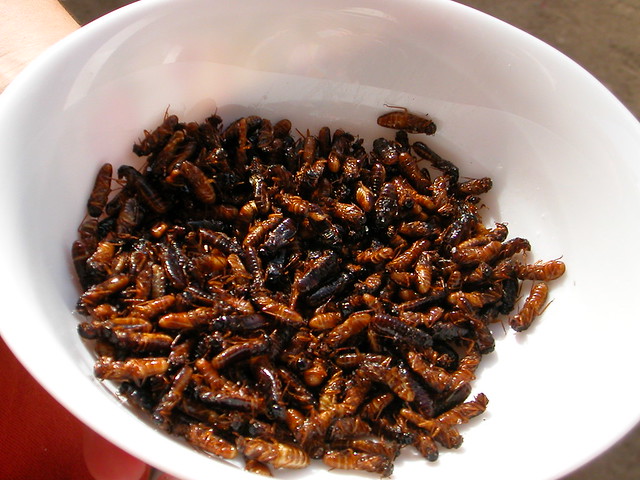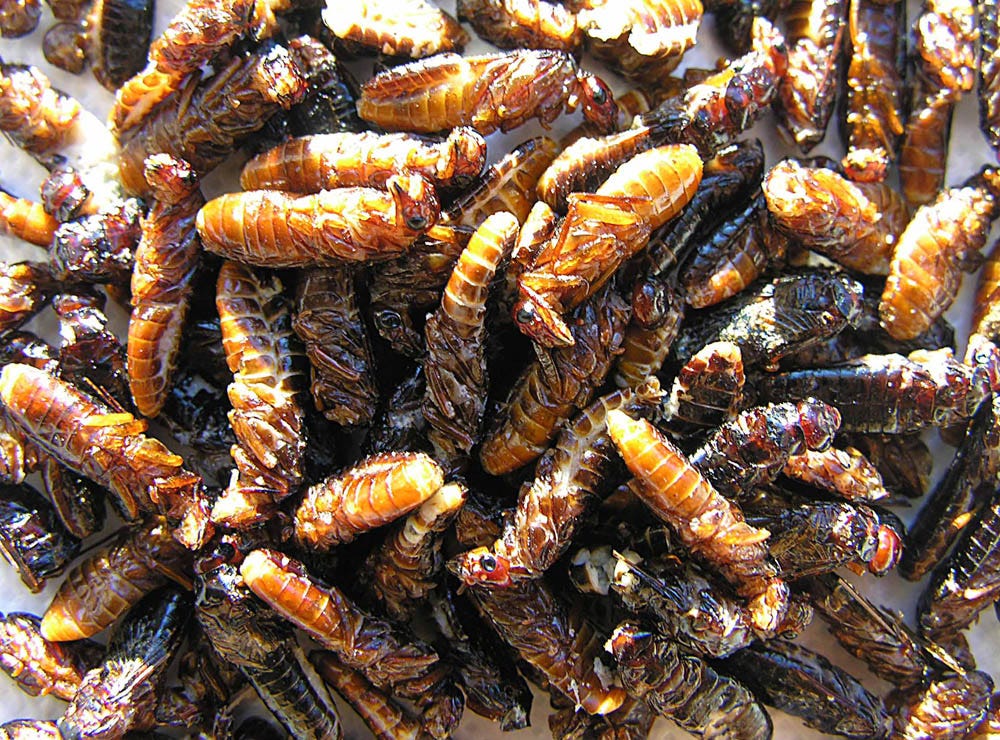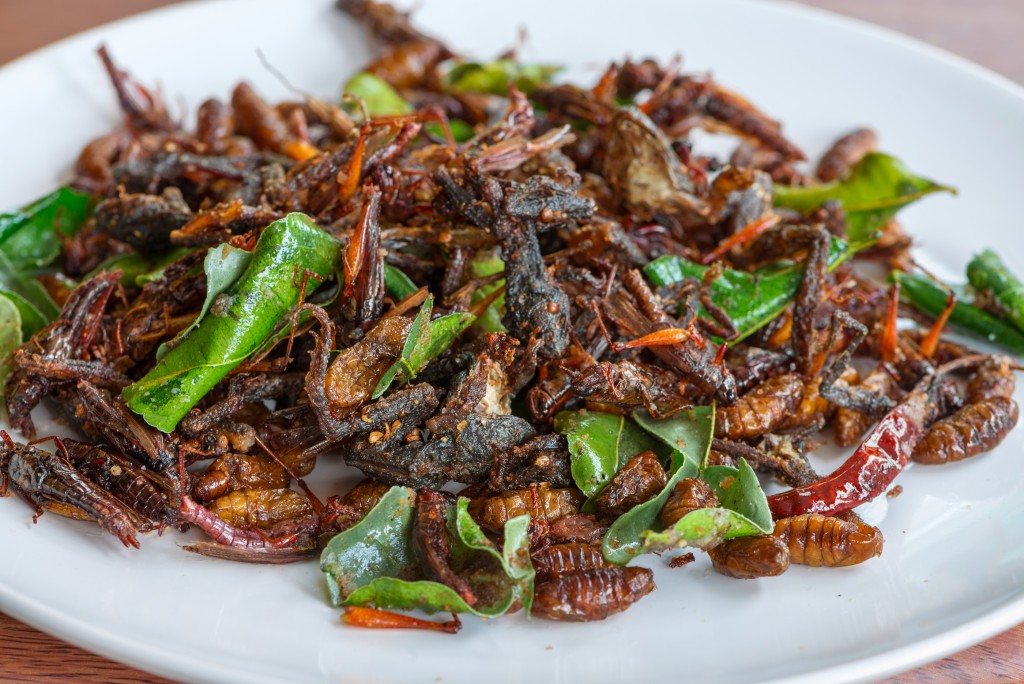Yes, you can eat termites. They are consumed in various cultures and are a good source of protein and nutrients when properly prepared and sourced from a safe environment.
Here are the factors that affect termite’s eating worldwide.
- Cultural traditions and beliefs significantly influence whether people consume termites, with over 2,000 ethnic groups known to include insects, including termites, in their diets.
- Geographic location plays a pivotal role, as termites are most commonly eaten in tropical regions, with approximately 80% of the world’s edible insects originating from Africa, Asia, and Latin America.
- The availability of edible termite species varies by region, with around 1,000 termite species identified as edible globally.
- Personal taste preferences are a determining factor, with some individuals more inclined to try termites due to their nutty or earthy flavor, while others may be hesitant.
- Knowledge of safe harvesting and preparation methods is essential, as improper handling of termites can pose health risks, including the potential for foodborne illnesses.
- Environmental awareness and sustainability concerns increasingly influence the decision to consume termites, as they are often considered a more ecologically sustainable protein source than traditional livestock.
The Cultural Significance of Insect Consumption

Have you ever wondered if it’s possible to eat termites? Surprisingly, different cultures worldwide consider insects a nutritious food.
Let’s highlight the culture of insect consumption in different countries.
A. Highlight different cultures that take insects as a food source
The cultural significance of insect consumption varies worldwide. In some cultures, insects are considered delicacies and hold exceptional cultural significance. For example:
Thailand: Fried crickets and silkworm pupae are popular street food snacks, often enjoyed with a variety of seasonings and flavors.
Mexico: Chapulines, which are roasted grasshoppers, are commonly used in traditional dishes like tacos. They are often seasoned with spices and enjoyed as a crunchy snack.
Africa: In many African countries, termites are a valuable source of protein and are often collected during termite-swarming seasons. They are prepared in various ways, including frying and roasting.
Australia: The Australians have a long history of consuming grubs, large, white wood-eating larvae found in the roots of certain trees. These grubs are an important cultural food source.
Cambodia: Fried tarantulas are a delicacy in Cambodia and are often served at local markets. They are considered a unique and exotic treat.
B. The Nutritional Value and Sustainability of Eating Insects
Nutritional Powerhouses: Termites, like many other edible insects, are packed with nutrients. Those insects are rich in protein, healthy fats, vitamins (like B vitamins and iron), and minerals.
Sustainability: Insects are a sustainable source of food due to their low environmental impact. They emit fewer greenhouse gases, require less land and water, and can be farmed using organic waste materials.
Efficiency: Insects, including termites, are efficient at converting the food they consume into body mass. They grow quickly, reducing the time and resources needed to raise them for food.
Conclusion: While eating termites might not be common in all cultures, insects generally play a good role in the diets of many societies for generations. They offer impressive nutritional value and contribute to sustainable food practices.
Exploring insect consumption can be a unique culinary adventure, and it may just be worth a try if you’re open to exploring new food experiences that are not only nutritious but also eco-friendly.
Termites as a Potential Food Source
Have you ever wondered if termites can be part of your diet? In this section, I’ll cover the types of termites suitable for eating, their availability, their historical use in various cultures, and the nutritional benefits they offer.
A. Describe the Different Types of Termites and Their Availability for Consumption
Types of Termites: There are thousands of termite species, but not all are suitable for consumption. Edible termites typically belong to the subfamilies Macrotermitinae and Termitinae, which are known for their larger size and nutritional value.
Availability: Edible termites can be found in various regions, including parts of Africa, Asia, and South America. They are most commonly harvested during termite swarming seasons.
B. Explore the History of Termite Consumption in Certain Regions or Cultures
Africa: Many African communities have a long history of termite consumption. In countries like Nigeria, termites are an essential source of protein and are often collected during termite swarming events.
South America: Indigenous communities in the Amazon rainforest have been known to consume large, protein-rich termites like the Atta and Nasutitermes species.
Asia: In some parts of Southeast Asia, termites are considered a delicacy. They are often fried or roasted and enjoyed for their unique flavor.
C. Discuss the Nutritional Composition of Termites and Their Potential Health Benefits
Protein-Rich: Termites are a great source of protein, with some species containing up to 40% protein by weight.
Vitamins and Minerals: Termites are rich in vitamins such as B vitamins (e.g., B1, B2, B3) and minerals like iron and zinc, which are important for overall health.
Sustainability: Harvesting termites can be a sustainable food source, as they require minimal resources and have a lower environmental impact than traditional livestock.
Conclusion: if selected and cooked right, termites can be a healthy and eco-friendly food option. While their consumption may not be common in all regions, they have been a valuable dietary component in various cultures for centuries.
Preparation and Culinary Uses of Termites

A. the Methods to Safely Harvest and Prepare Termites for Consumption
Harvesting Termites: The safest way to harvest termites is during their swarming season when they emerge from their nests. Use a container, like a net or a bag, to collect them gently. Avoid pesticides or chemicals.
Cleaning: Rinse the collected termites with clean water to remove dirt and debris. This step ensures that you’re consuming clean insects.
Cooking: Termites can be roasted, fried, or cooked in various ways. Cooking helps kill any potential pathogens and enhances their flavor.
B. Provide a Few Intriguing Recipes Featuring Termites as an Ingredient
Termites Stir-Fry:
- Ingredients: Termites, vegetables, garlic, soy sauce.
- Method: Stir-fry termites with your choice of vegetables and garlic. Add soy sauce for flavor.
Termites Crisps:
- Ingredients: Termites, oil, salt.
- Method: Fry termites in hot oil until crispy. Sprinkle it with salt for a savory snack.
Termite-Infused Chocolate:
- Ingredients: Termites, chocolate.
- Method: Melt chocolate and mix in termites. Pour into molds and let it cool for a unique chocolate treat.
C. Discuss the Flavor Profile and Texture of Termites
Termites have a unique flavor profile and texture:
Flavor: Termites are often described as nutty or slightly earthy. Their flavor can vary depending on the species and how they are prepared.
Texture: When cooked, termites become crunchy, similar to roasted nuts or seeds. This texture can add an interesting element to dishes.
Conclusion: when safely harvested and properly prepared, termites can be a surprising addition to your culinary repertoire. Their nutty flavor and crunchy texture can bring a unique twist to your dishes.
So, if you’re feeling adventurous and eco-conscious, try termites in your next meal.
FAQs
Are termites safe to eat?
Yes, Termites are safe to eat as long as they are properly cooked. Thoroughly cooking termites can eliminate any potential health risks.
What do termites taste like?
Termites have been described as having a nutty or slightly earthy flavor with a crunchy texture when cooked.
How do you prepare termites for consumption?
Termites can be roasted, fried, or cooked in various ways. They are often seasoned with spices and herbs for added flavor.
Are there any nutritional benefits to eating termites?
Yes, Termites are nutritious, with plenty of protein, good fats, and essential vitamins and minerals.
Are there any risks associated with eating termites?
Yes, there are potential risks, including allergies, foodborne illness, contaminants, and digestive discomfort, associated with eating termites if they are not harvested, handled, or cooked properly.
Can termites be a sustainable food source?
Yes, termites can be a sustainable food source due to their efficient conversion of feed into protein and minimal environmental impact compared to traditional livestock.
Do termites carry diseases that can be transmitted to humans?
No, termites do not carry diseases that can be transmitted to humans.
Where can you find termites for consumption?
In some regions, termites can be found in decaying wood, dead trees, or termite mounds. Ensure you are collecting them from a safe and pesticide-free environment.
Are there any cultural or ethical considerations when eating termites?
Yes, there can be cultural and ethical considerations when eating termites, as it depends on cultural beliefs and personal ethical choices regarding the consumption of insects.
Conclusion
While technically it is possible to eat termites, whether one should or not is subjective. In certain cultures and regions, termites are considered a delicacy and consumed as a protein source.
However, not all termite species are safe because some might contain toxins or germs.
Additionally, termites play a crucial role in the ecosystem as decomposers and soil aerators, and their consumption on a large scale can disrupt the natural balance.
Therefore, it is advisable to exercise caution and consult experts in entomophagy (the practice of eating insects) before considering consuming termites or any other insects for that matter.

